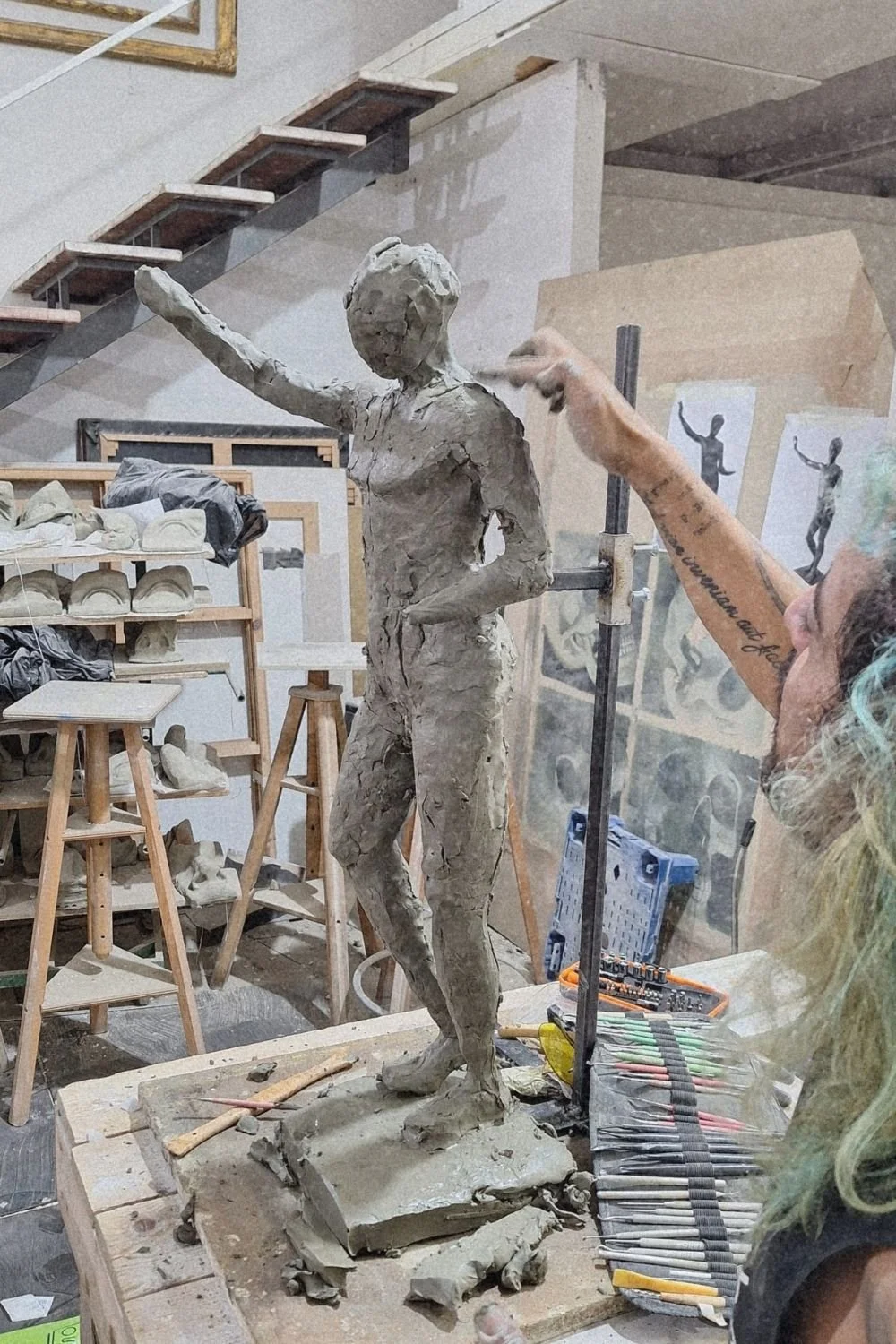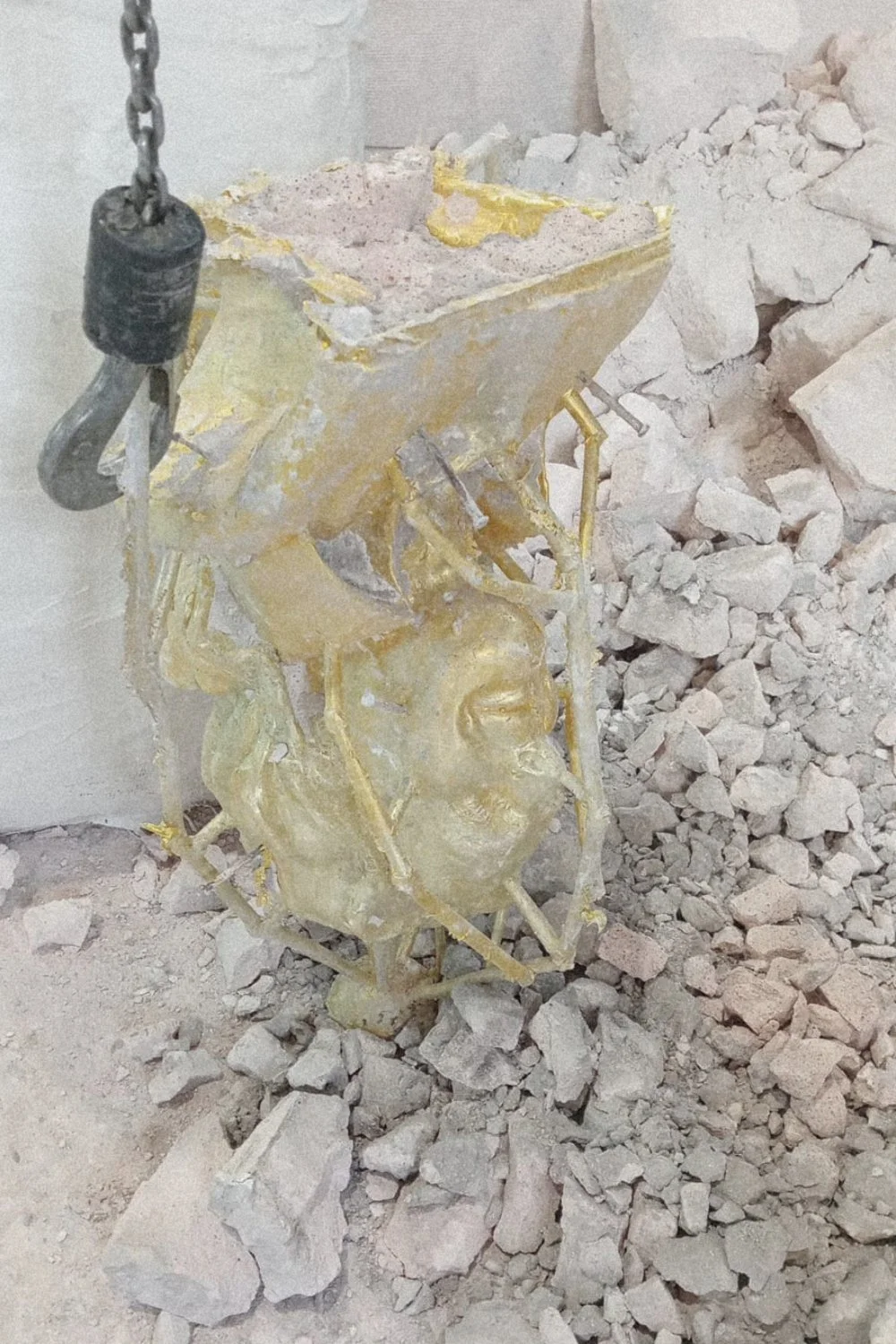A behind-the-scenes glimpse into how sculptures come to life
From the spark of an idea to the final patina, each stage is a dialogue between imagination, material, and craft.
Here, artistry meets technique: sketches evolve into forms, clay into bronze, raw matter into meaning. Whether you are a fellow artist or simply an admirer of sculpture, this journey offers insight into the timeless methods and materials that shape Leo Biaggi’s work.
Each step is part of a transformation—turning stone, metal, and clay into enduring works of art that carry both story and spirit.
Figure Sculpting
Figure sculpting in clay is a mesmerizing art that transforms raw material into vibrant, three-dimensional form. Rooted in a deep understanding of human anatomy, the sculptor breathes life into each gesture and detail. Clay’s versatility invites endless experimentation with textures and shapes, while every added layer strengthens the intimate connection between artist and sculpture. In this way, the human figure becomes a celebration of movement, emotion, and presence.
Portrait Sculpting
Portrait sculpting captures not only a likeness, but also the spirit and character of its subject. Working in clay, the sculptor builds form gradually: blocking out proportions, refining features, and shaping subtle details of skin, hair, and expression. Each step is guided by observation and intuition, until the portrait radiates individuality and presence. It is a dialogue between sculptor and subject, between material and memory, resulting in a piece that is both art and tribute.
The Lost Wax Technique
The lost-wax technique (cire perdue) is one of the oldest and most revered methods of casting sculpture. Beginning with a wax model, the form is encased in a heat-resistant mold. When the wax is melted away, a cavity remains—ready to receive molten bronze. Once cooled, the mold is broken to reveal the finished piece. This process allows for remarkable intricacy and permanence, preserving the sculptor’s vision in enduring metal. Practiced for thousands of years, it remains a cornerstone of bronze sculpture, linking modern artistry to ancient tradition.










